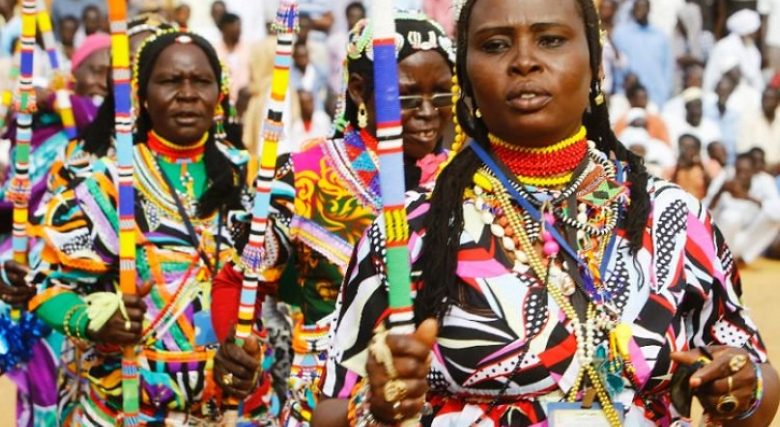Intangible Cultural Heritage: Self-Respect in Communities

Agencies – Sudan Events
The intangible cultural heritage means the practices, representations, expressions, knowledge, skills – as well as the instruments, objects, artefacts and cultural spaces associated therewith – that communities, groups and, in some cases, individuals recognize as part of their cultural heritage. This intangible cultural heritage, transmitted from generation to generation, … provides communities and groups with a sense of identity and continuity, thus promoting respect for cultural diversity and human creativity.”
The intangible cultural heritage (ICH) is sometimes also called living heritage.
“For the purposes of the UNESCO 2003 Convention and the Sudanese recognition and inventorying, consideration will be given solely to such intangible cultural heritage as is compatible with existing international human rights …, as well as with the requirements of mutual respect among communities, groups and individuals, and of sustainable development.” – UNESCO
Why A Sudanese National Inventory?
Accordind to
UNESCO “Inventories are integral to the safeguarding of intangible cultural heritage because they can raise awareness about intangible cultural heritage and its importance for individual and collective identities.
The process of inventorying intangible cultural heritage and making those inventories accessible to the public can also encourage creativity and self-respect in the communities and individuals where expressions and practices of intangible cultural heritage originate. Inventories can also provide a basis for formulating concrete plans to safeguard the intangible cultural heritage concerned.
According to Article 11 of the Convention, each State Party is required to take the necessary measures to ensure the safeguarding of the intangible cultural heritage present in its territory and to include communities, groups and relevant NGOs in the identification and definition of elements of that intangible cultural heritage.
Identification is a process of describing one or more specific elements of intangible cultural heritage in their own context and distinguishing them from others.”



